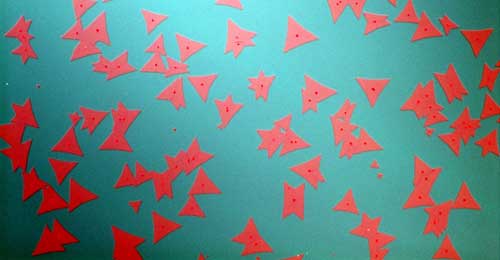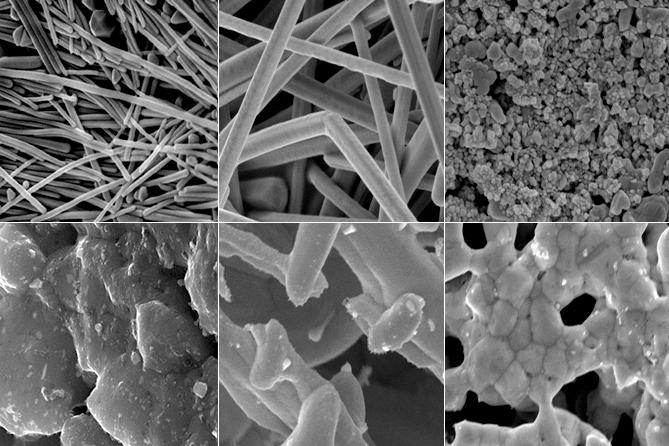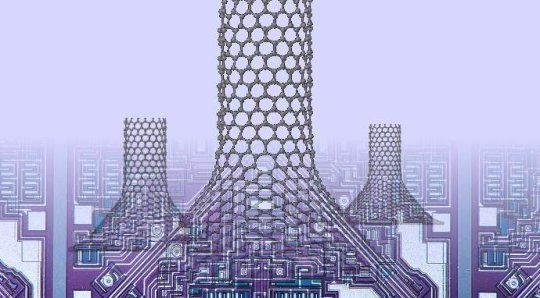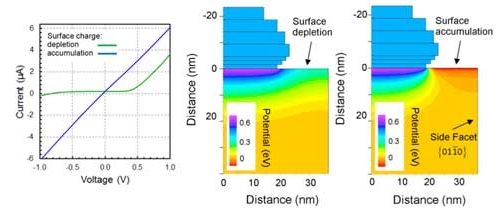Jan 18, 2017
A toolkit for transformable materials
Posted by Karen Hurst in categories: engineering, nanotechnology, robotics/AI
Scientists have now made metamaterials scalable in their purpose and usage.
Metamaterials — materials whose function is determined by structure, not composition — have been designed to bend light and sound, transform from soft to stiff, and even dampen seismic waves from earthquakes. But each of these functions requires a unique mechanical structure, making these materials great for specific tasks, but difficult to implement broadly.
But what if a material could contain within its structure, multiple functions and easily and autonomously switch between them?

















